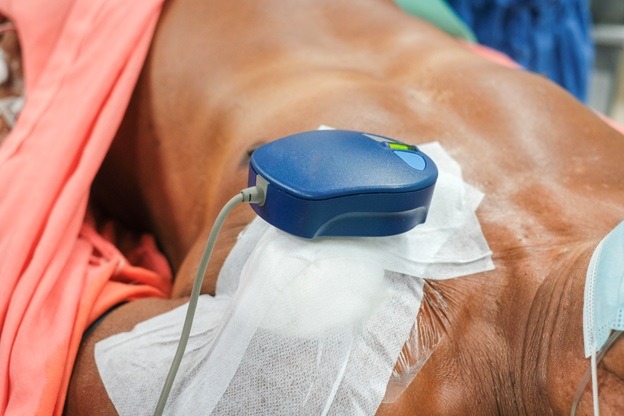Rubber seals, o-rings and fasteners are essential in many medical devices and systems. From catheters to pacemakers, these products must be reliable and safe.
The versatility of rubber gives it an endless number of uses. It can be produced in a wide variety of shapes and sizes, and its chemical makeup can be modified to suit a specific application. Rubber has properties that make it an ideal material to use in medical systems. It can withstand environmental changes without affecting how it functions.
Let’s take a closer look to understand why rubber seals, o-rings and fasteners are so crucial in the medical industry.
What makes rubber so useful?
Rubber has many properties that make it perfect for medical applications. For example, it is incredibly flexible and can be easily molded to fit any shape, and it returns to its original shape once pressure is released. This makes it a perfect material for creating custom-fit medical devices and prosthetics. Rubber is also non-toxic and hypoallergenic, making it safe for use in medical applications. Here are more reasons why rubber is so useful in many different industries:
Resistant to chemicals
Medical-grade rubber o-rings, fasteners and seals are resistant to various chemicals such as cleaning solutions, medications or body fluids. This means that they will not cause contamination or leaks.
Biocompatible
Rubber is compatible with the human body. It is chemically stable, does not support the growth of bacteria and is non-toxic. This makes it an ideal material to use in devices that come in contact with body fluids and tissues.
No impurities
Rubber used in medical systems can be designed to limit bacteria, viruses or other impurities that come into contact with patients. Contamination of the body by foreign substances can lead to infection, allergic reactions and even cancer.
Strong and flexible
Medical devices and systems must contain components that are strong and flexible to endure the wear and tear of repeated use. They may be put through constant or repetitive stresses but can not fail.
Resistant temperature and pressure changes
Changes in temperature or humidity can cause some materials to become brittle or soft, which can cause leaks or the inability of the device to operate smoothly. This may lead to fluid leakage during medical procedures or treatments. Rubber can adapt to various temperature and pressure conditions without expanding or shrinking in size.
Common medical systems that use rubber seals and fasteners
Two industries that use rubber seals and fasteners are the medical device industry and the pharmaceutical industry. In the medical device industry, rubber seals and fasteners are used to keep moisture and contaminants out of devices such as pacemakers, ventilators and dialysis machines. In the pharmaceutical industry, rubber seals and fasteners are used in drug delivery systems and manufacturing packaging. Rubber is also used in the following medical devices:
Catheters
Catheters, drains and tubes made of rubber are strong, durable and flexible. They allow fluids or other materials to pass through them with ease without interacting with the patient’s body. Also, they can withstand pressures and temperatures that are high enough to sterilize them while retaining their original form and function.
Ventilators
Medical ventilators contain seals that must be strong enough to prevent damage due to frequent usage, exposure to pure oxygen or changes in flow rate. Also, they must be made of inert materials to prevent exposure to harmful substances reaching the patient’s lungs.
Kidney-dialysis machines
Rubber seals help create a barrier between the patient’s blood and the dialysis fluid; this seal is important to prevent cross-contamination. In addition, rubber seals help keep the dialysis machine components clean and free of debris.
Drug delivery systems
Syringes, IVs and metered-dose inhalers are all needed in drug delivery systems. These devices are used to deliver specific amounts of medication to a patient in the correct concentration. Rubber seals and o-rings allow smooth movement, prevent leaks and limit contamination.
Pacemakers
The leads that connect a pacemaker to the heart are fitted with rubber seals. They are crucial in preventing pacemaker failure due to leakage of blood and corrosion of its components.
The future of rubber in medicine
Rubber is a vital component of many medical products. The unique properties of rubber makes it an essential part of both routine and life-saving medical procedures. Rubber products such as o-rings, seals and fasteners will continue to meet stringent requirements to ensure safety and effectiveness no matter how sophisticated the device. Medicine will continue to benefit from the reliability and versatility of rubber products for years to come.

